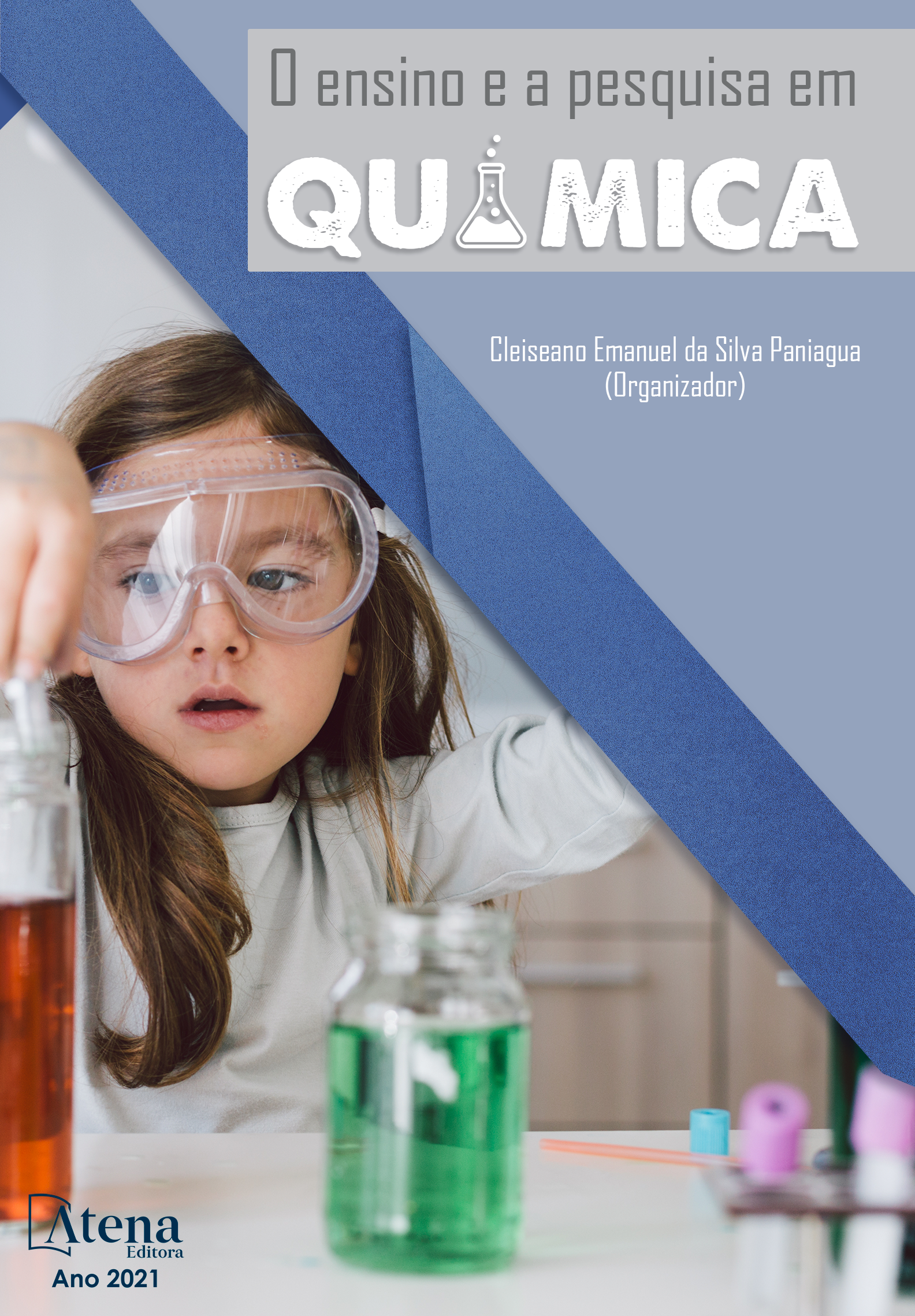
ESTUDO DA ESTABILIDADE TÉRMICA DE CORANTES NATURAIS COMO NOVOS INDICADORES ÁCIDO-BASE PARA O ENSINO DE QUÍMICA
Os indicadores naturais ácido-base são corantes extraídos de plantas. Esses corantes são ricos em antocianinas, substância responsável pela variação de coloração em função do pH. As antocianinas são pertencentes ao grupo dos flavonóides fenólicos. Esta substância compõem o maior grupo de pigmentos solúveis em meio aquoso do reino vegetal e são encontrado em maior quantidade nos grupos das angiospermas. A estabilidade dos extratos naturais depende de dois fatores: temperatura e tempo de armazenamento. Neste contexto, o presente trabalho avaliou a estabilidade térmica do extrato da allamanda (Allamanda cathartica L.) e do cróton (Codiaeum variegatum (L.) A. Juss), em temperatura de 0 °C e 25 °C, no período de 5, 10 e 30 dias. Observou-se que os extratos 1 e 2 (allamanda e cróton) apresentaram excelente estabilidade térmica, em comparação com os já presentes na literatura, sendo uma alternativa de fácil aquisição e baixo custo para serem usados no ensino de Química.
ESTUDO DA ESTABILIDADE TÉRMICA DE CORANTES NATURAIS COMO NOVOS INDICADORES ÁCIDO-BASE PARA O ENSINO DE QUÍMICA
-
DOI: 10.22533/at.ed.28021260810
-
Palavras-chave: Estabilidade Térmica; Indicador Natural Ácido-Base; Antocianinas; Ensino de Química.
-
Keywords: Thermal stability; Natural Acid-Base Indicator; Anthocyanins; Chemistry teaching.
-
Abstract:
Natural acid-base indicators are dyes extracted from plants. These dyes are rich in anthocyanins, the substance responsible for the color variation as a function of pH. Anthocyanins belong to the group of phenolic flavonoids. This substance makes up the largest group of water-soluble pigments in the plant kingdom and is found in greater quantities in the groups of angiosperms. The stability of natural extracts depends on two factors: temperature and storage time. In this context, the present work evaluated the thermal stability of the extract of allamanda (Allamanda cathartica L.) and of the croton (Codiaeum variegatum (L.) A. Juss), at a temperature of 0 ° C and 25 ° C, in the period of 5 , 10 and 30 days. It was observed that extracts 1 and 2 (allamanda and croton) showed excellent thermal stability, in comparison with those already present in the literature, being an alternative of easy acquisition and low cost to be used in the teaching of Chemistry.
-
Número de páginas: 15
- João Clécio Alves Pereira
- Rothchild Sousa de Morais Carvalho Filho


